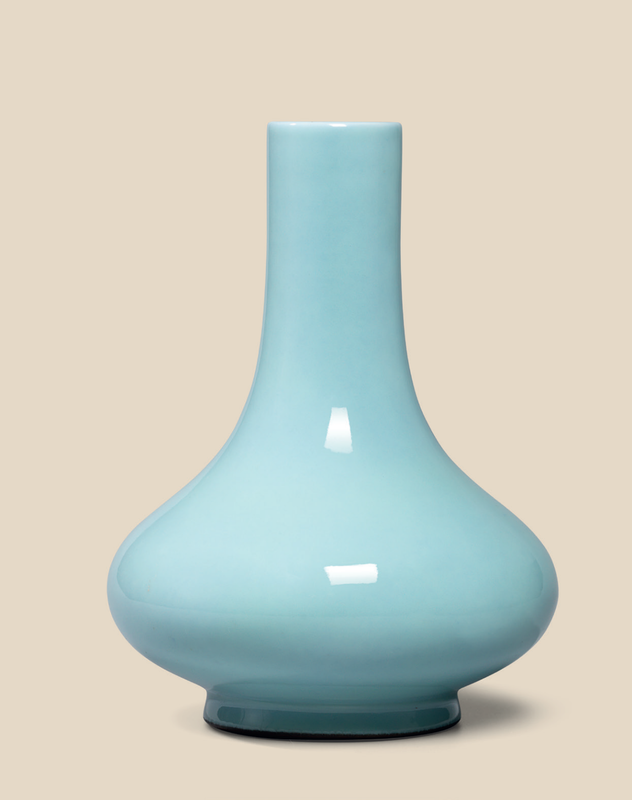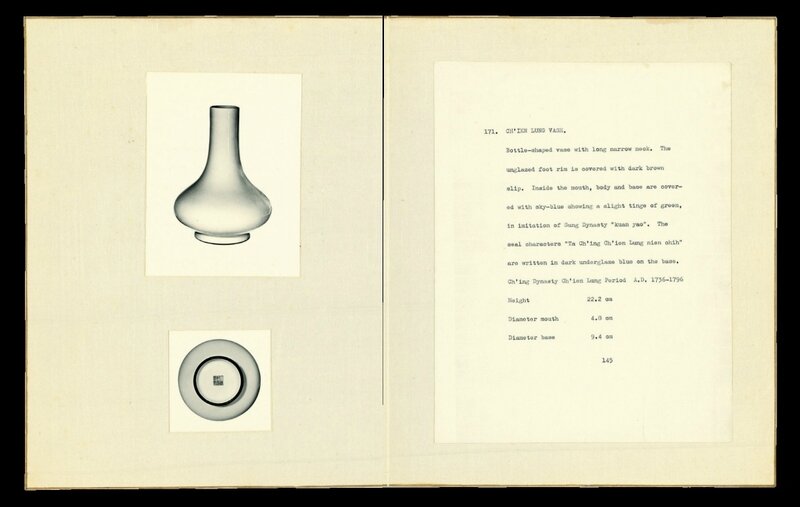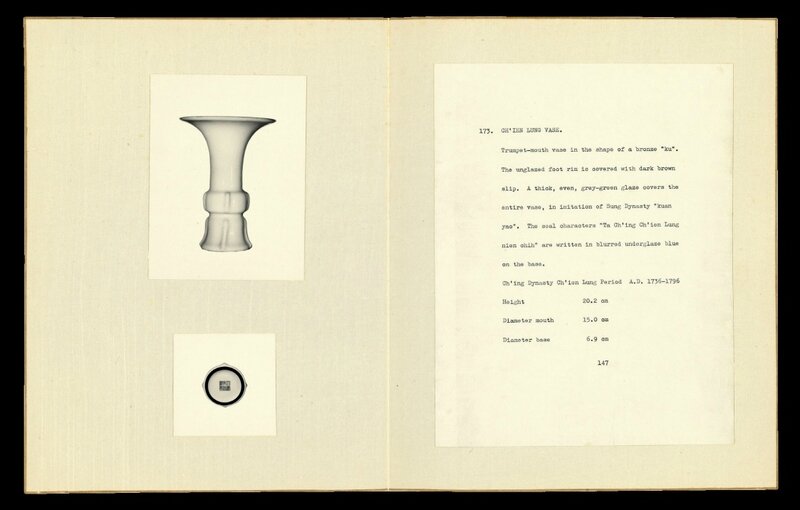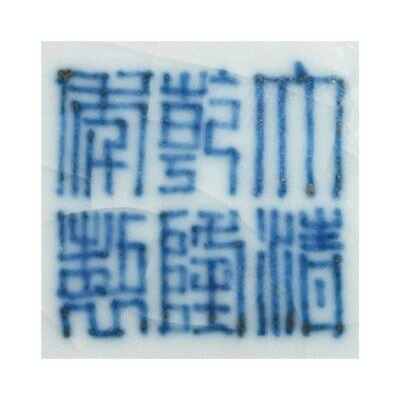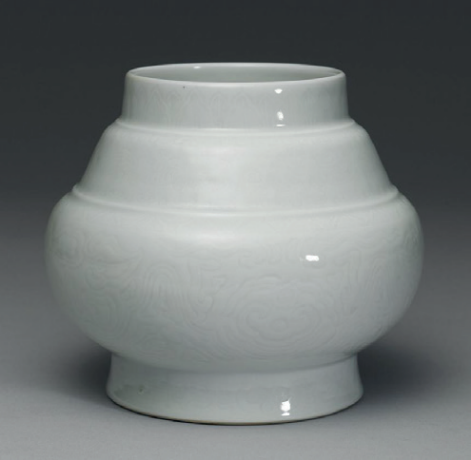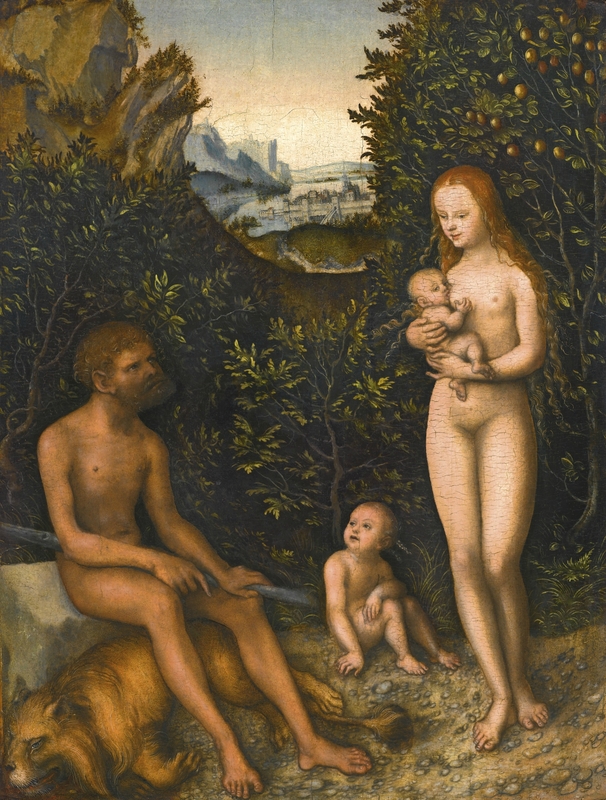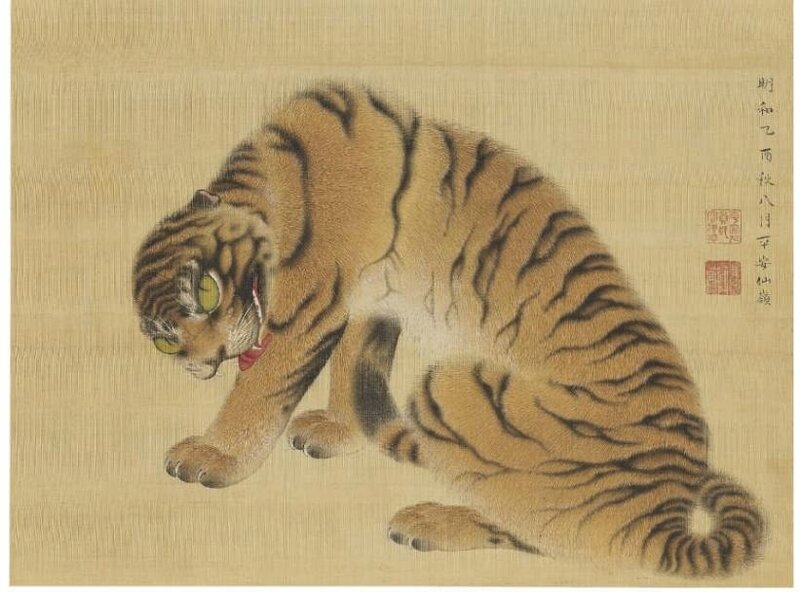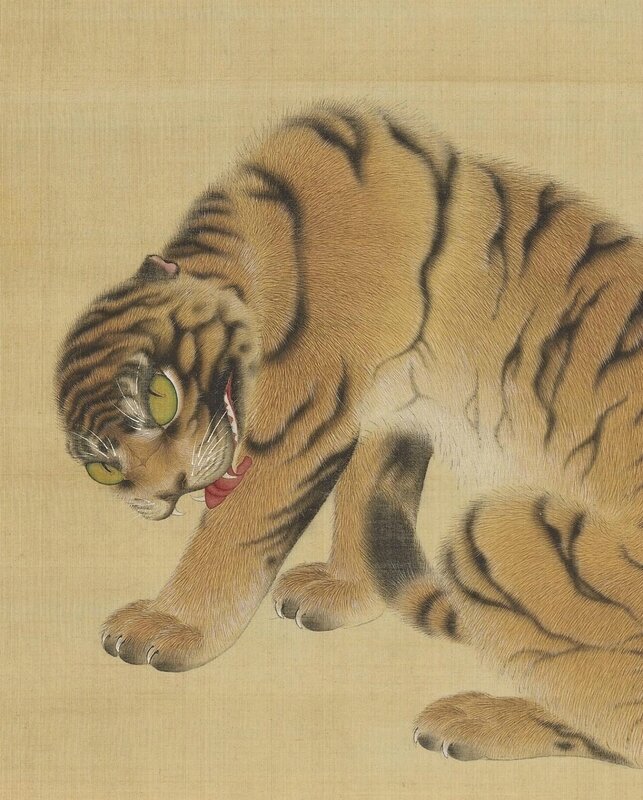![1]()
![2]()
Lot 30. Lucas Cranach the Elder (Kronach 1472 - 1553 Weimar), The Faun Family, signed lower left with the artist's winged serpent device and dated 1531, oil on panel, 44 x 34 cm.; 17 1/4 x 13 3/8 in. Estimate 400,000 — 600,000 GBP. Photo: Sotheby's.
Provenance: In the collection of a Bavarian noble family;
Acquired from the above by the father of the present owner;
Thence by inheritance.
Exposition: Nürnberg, Germanisches Nationalmuseum, Sammlung Heinz Kisters, 25 June – 15 September 1963, cat no. 9, plate 56;
Kreuzlingen, Meisterwerke aus der Sammlung Kisters, 1971, cat no. 46, reproduced p. 46;
Hamburg, Bucerius Kunst Forum, Lucas Cranach. Glaube, Mythologie und Moderne, 6 April – 13 July 2003, no. 70;
Madrid, Museo Thyssen-Bornemisza, Dürer and Cranach. Art and Humanism in Renaissance Germany, 9 October 2007 – 6 January 2008, no. 75;
Rome, Gallery Borghese, Cranach – l'altro rinascimento, 15 October 2010 – 13 Febuary 2011, no. 9.
Bibliographie: D. Koepplin and T. Falk, Lukas Cranach; Gemälde, Zeichnungen, Druckgraphik, vol. 2, Basel – Stuttgart 1976, p. 601, cat no. 501, reproduced p.591, plate 305a;
M. Friedlander and J. Rosenberg, The Paintings of Lucas Cranach, London 1978, p.122, cat. no. 267A;
Lucas Cranach. Glaube, Mythologie und Moderne, exhibition catalogue, Hamburg 2003, p. 180, cat no.70, reproduced p. 74;
F. Checa (ed.), Dürer and Cranach: art and humanism in Renaissance Germany, exhibition catalogue, Madrid 2007, pp. 212 and 252, cat. no. 75, reproduced;
B. Aikema and A. Coliva (eds), Cranach – l'altro rinascimento, exhibition catalogue, Milan 2010, p. 156, cat. no. 9, reproduced p. 157.
Note: This is a quintessential and iconic mythological work by Lucas Cranach the Elder. The remarkable precision with which every detail is rendered serves to remind us that the picture was painted for the enjoyment of a private collector to marvel at Cranach’s artistic virtuosity; the very same reason for which it is to be so admired today. Painted at the height of the artist’s career, in 1531, this is an outstanding example of Lucas Cranach's art, commissioned no doubt by a member of the courtly circle in Wittenberg, where the artist was in the employ of the Electors of Saxony. The subject represents the mythological depiction of wild people, forest dwellers or demigods, which had long fascinated Cranach and first appeared in his works in prints and drawings, but culminated in a series of panel paintings from the second half of the 1520s onwards.
The present composition is unique to Cranach's œuvre. The artist executed at least two other treatments of the subject however in variants of similar overall mise-en-scène, but with differing arrangements and dispositions of the figures and landscape details: a painting formerly in the collection of Maximilian I, Elector of Bavaria, today at the J. Paul Getty Museum, Los Angeles (fig. 1); and a painting listed as in the collection of Duke Fürstenberg, Donaueschingen, Germany.1
![a-faun-and-his-family-with-a-slain-lion-lucas-cranach-the-elder]()
fig. 1 Lucas Cranach the Elder, A faun and his family, Los Angeles, J. Paul Getty Museum, inv. no. 2003.100.
The subject of The faun family relates to the romantic topos of the ‘wild people who live in the forest’, which can be found in the Metamorphoses, a mythological moralizing poem by the ancient writer Ovid (43 BC – 17 AD), and in De Rerum Naturaby the Roman poet and philosopher Lucretius (circa 99 BC – 55 AD). Both texts were widely known during the Middle Ages, but they enjoyed increased popularity following their reintroduction during the Renaissance. At the beginning of the sixteenth century scholars contemplated the original state of mankind before civilization, a notion triggered in part by the accounts of travellers who witnessed the ancient tribes in the newly discovered Americas, as well as the idealization of ideas of ancient pagan traditions during the religious turmoil of the Reformation.
The motif of The faun family as a ‘wild family’ is close to a group of paintings in Cranach’s œuvre illustrating the Silver Age, the most celebrated treatment of which is the artist’s painting of The End of the Silver Age, today in the National Gallery, London.2 Classical authors described the various Ages and lamented the decline of freedom since the origins of time. During the Golden Age men lived free of duties or hunger; seasons and agriculture were introduced during the Silver Age; the Bronze Age brought war; and the Iron Age led to more conflict through power and personal greed. The family in the present work could be interpreted as half gods from the Golden Age or more likely as Fauns who were living in untamed woodlands during the Silver Age, although clearly the figure of the male faun with his club, seated over a dead lion, alludes to Hercules and the remarkable cult following that the god had in Germany at that time. There is a striking similarity between the male faun here and the figure of Hercules in the panel from the late 1530s sold in these Rooms in 1998 (fig. 2),3as well as with the counterpart faun in the Getty panel, particularly in terms of the facial likeness and the drawing and positioning of the feet and legs; the lower halves of the present and Getty fauns are effectively mirror images of the figure of Hercules in the ex-Sotheby’s panel.
![4]()
fig. 2 Lucas Cranach the Elder, The Choice of Hercules, Sotheby's.
It is clear that images of ‘wild people’ were very fashionable during Cranach’s lifetime and it seems that collectors enjoyed the playful contrast between the wild and uncivilized life depicted in Cranach’s paintings and their own sophisticated structured life, perhaps alluded to in the beautiful and ordered cityscape that we see through the opening in the dense, verdant thicket in both this and the Getty panels.
1. For the former (82.9 x 56.2 cm.) see the exhibition catalogue, Cranach, Frankfurt, Stadel Museum, 23 Nov 2007 – 17 Feb 2008 and London, Royal Academy of Arts, 8 March – 8 June 2008, pp. 340–41, no. 106, reproduced; for the latter (27 x 18 cm.) see Friedlander and Rosenberg 1978, p. 122, no. 266, reproduced.
2. See the exhibition catalogue, Cranach, Frankfurt and London 2007–08, pp. 336–37, cat. no. 105, reproduced.
3. London, Sotheby’s, 17 December 1998, lot 15.
Sotheby's. Old Masters Evening Sale London, 06 december 2017, 07:00 PM






































